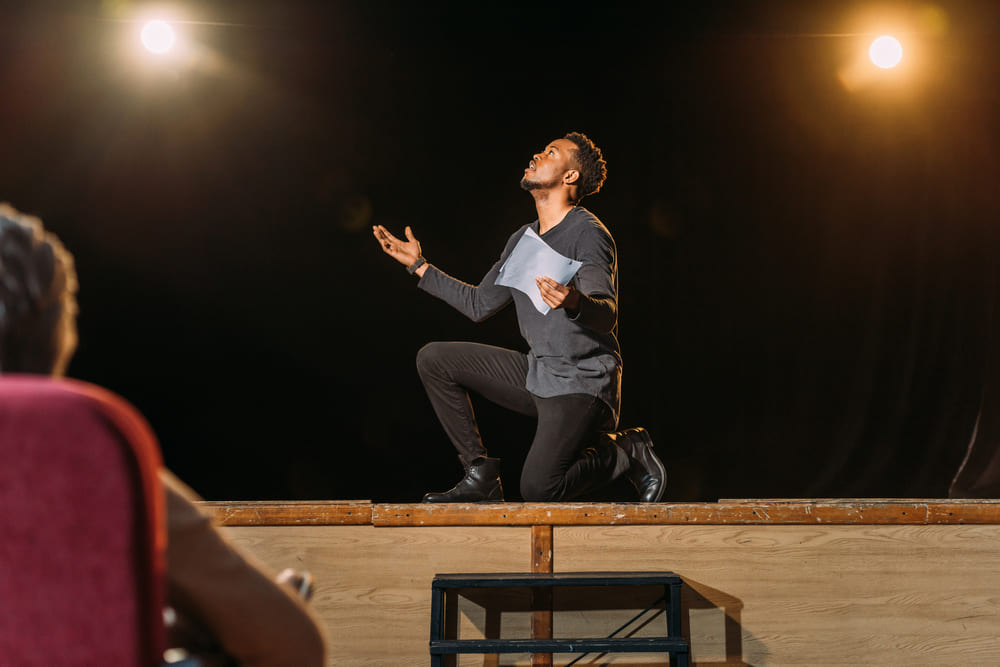
Let’s dive into the fascinating world of acting! You might think it’s all just pretending, but there’s a whole spectrum of approaches that actors use to bring characters to life. It’s way more nuanced than just “good” or “bad” acting.
Think of it like painting – you’ve got watercolors, oils, acrylics, each with its own techniques and effects. Acting is similar! Here’s a peek at some of the key styles you might encounter:
Method Acting: Getting Under the Skin
Ever heard of an actor “becoming” their character? That’s often Method acting. Actors who use this approach really immerse themselves in the role, drawing on their own emotions and experiences to understand and portray the character’s feelings authentically. They might do extensive research, live like their character, or even stay in character off-set. Think of Daniel Day-Lewis – a master of this technique! It can lead to incredibly powerful performances, but it’s also pretty intense.
Classical Acting: Mastering the Craft
This style often focuses on the works of playwrights like Shakespeare. It emphasizes vocal projection, precise articulation, and understanding the text deeply. There’s a real focus on technique and tradition. Actors trained in classical methods often have incredible stage presence and control. Think of the Royal Shakespeare Company – those actors are steeped in this tradition!
Meisner Technique: The Truth of the Moment
Developed by Sanford Meisner, this approach is all about “living truthfully under imaginary circumstances.” A key element is the “repetition exercise,” where actors respond to each other spontaneously and truthfully in the moment. It’s about getting out of your head and reacting authentically to what’s happening in the scene. It’s a really grounded and present style of acting.
Practical Aesthetics: Action is Key
This technique, developed by David Mamet and William H. Macy, focuses on breaking down a scene into its essential actions. The idea is that by focusing on what the character does in the scene, the emotions and motivations will naturally follow. It’s a very practical and action-oriented approach, emphasizing clear objectives and tangible actions.
Improvisational Acting: Thinking on Your Feet
While not always a specific “type” of acting for a role, improv is a vital skill and sometimes a performance style in itself (think of shows like “Whose Line Is It Anyway?”). It’s all about spontaneity, collaboration, and creating scenes in the moment without a script. It hones an actor’s ability to think quickly, listen actively, and be present.
The Takeaway?
These aren’t rigid boxes, and many actors blend techniques depending on the role and their own personal preferences. The beauty of acting lies in the diverse ways performers can connect with a character and share their story with an audience. Each approach offers a unique pathway to truth and believability on stage or screen.
So, next time you’re watching a performance, maybe you’ll spot some of these different approaches in action!
